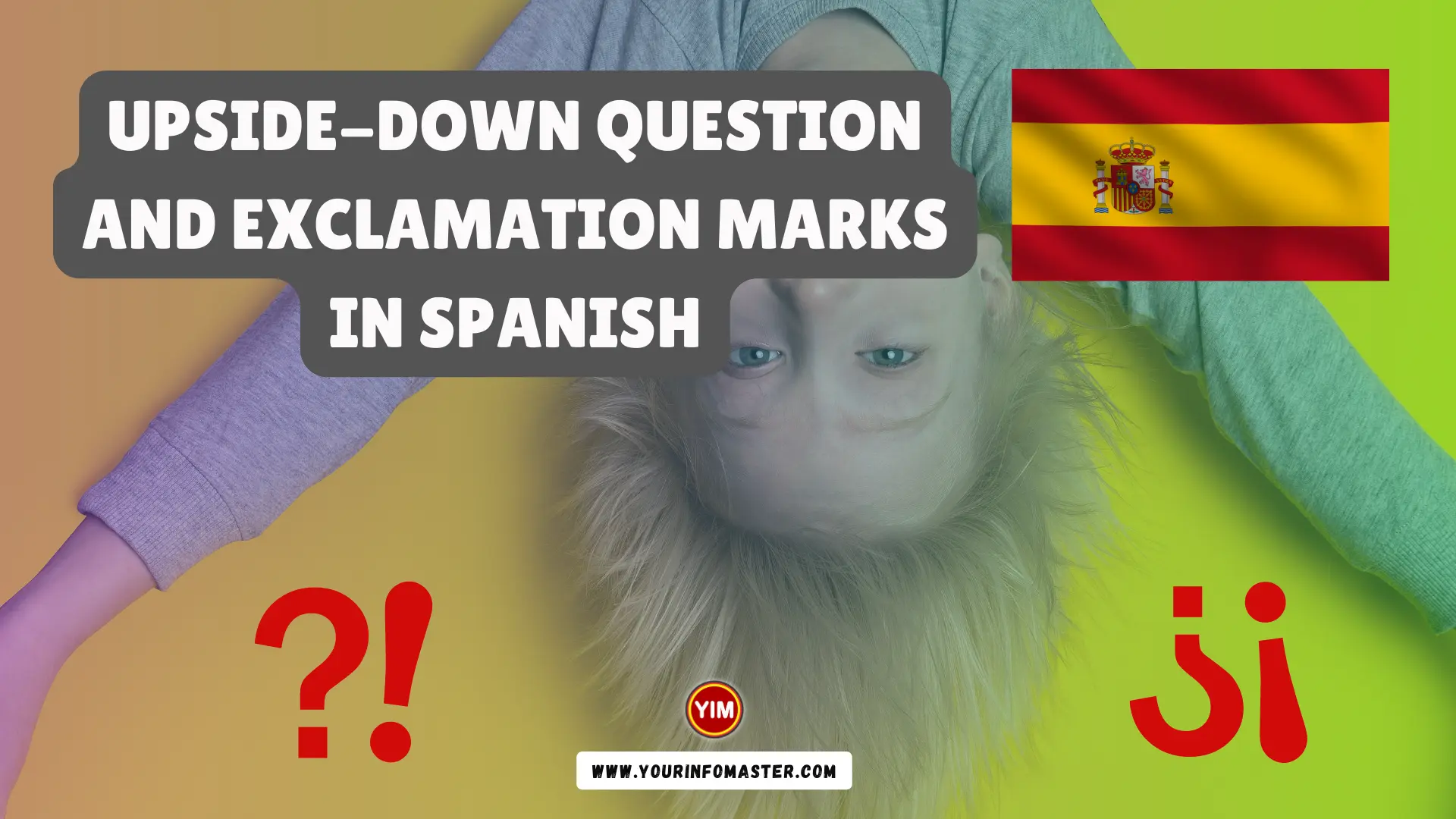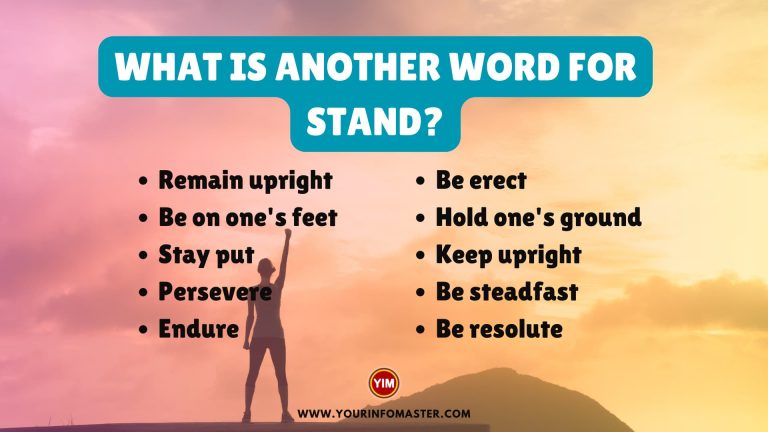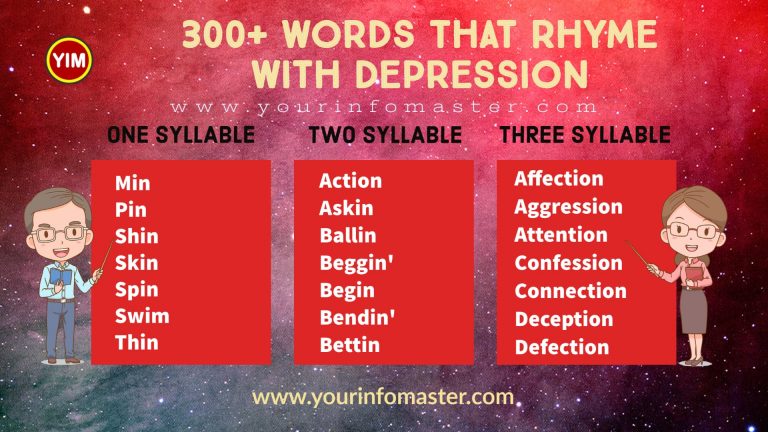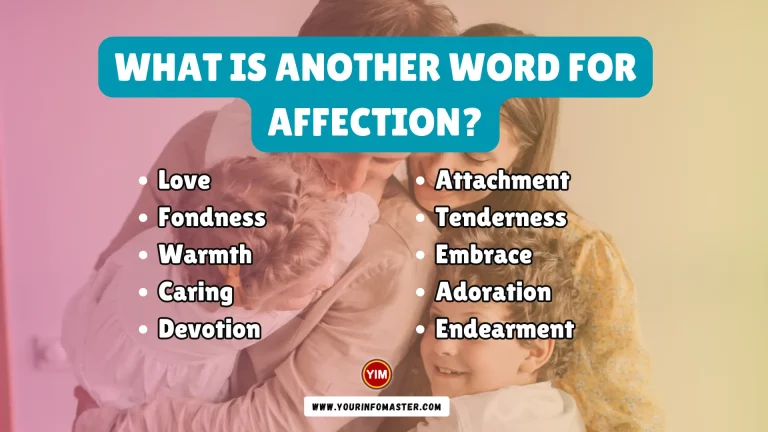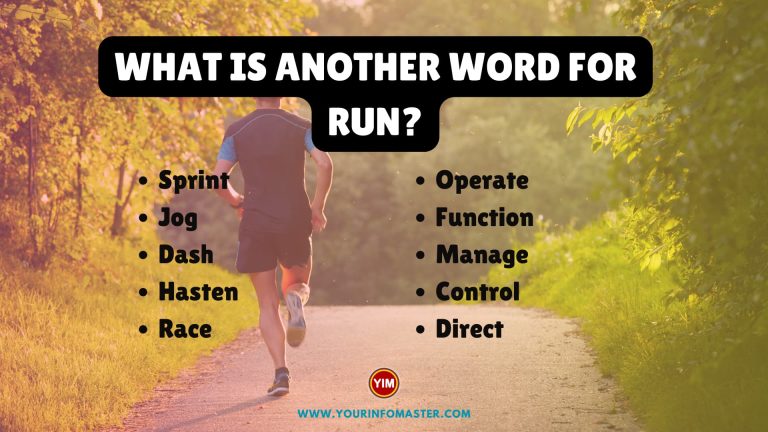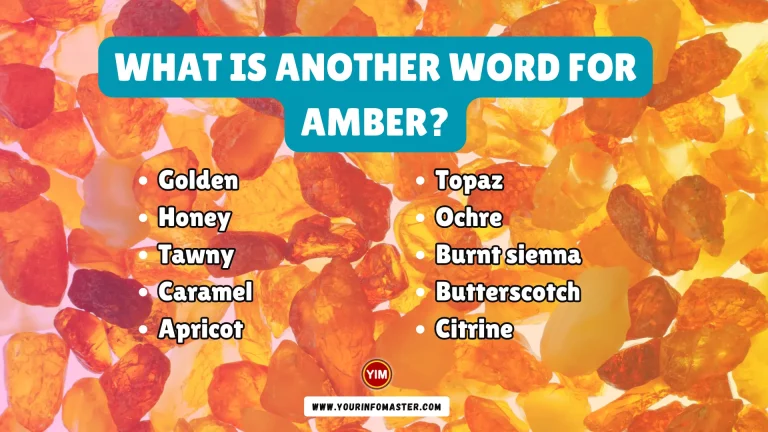¡Bienvenidos! Today, we embark on a linguistic journey to unravel the intriguing world of Upside-Down Question and Exclamation Marks in Spanish. These peculiar punctuation marks are exclusive to the Spanish language and originate from the rich linguistic heritage of Spain.
While they may appear unconventional to non-Spanish speakers, these marks serve a practical purpose in conveying the tone and intent of a sentence well before its conclusion.
Join us as we explore how these upside-down wonders add a touch of clarity and flair to Spanish sentences, providing early insights into whether a statement is a question or an exclamation.
Let’s dive in to uncover the magic of these unique punctuation marks that make Spanish even more fascinating to read and understand! ¡Vamos! (Let’s go!)
Check also: Spanish Verb Aprender Conjugation, Meaning, Translation, Examples
Main Points: Upside-Down Question and Exclamation Marks
In Spanish, question marks and exclamation marks are inverted at the beginning and end of questions and exclamations, respectively.
When a sentence starts with an introductory phrase or word that isn’t part of the question or exclamation, the opening mark appears at the beginning of the question or exclamation.
Exclamatory questions or exclamations that look like questions can have both question and exclamation marks combined for added emphasis.
Where To Place Upside-Down Question Marks and Exclamation Marks in Spanish?
It’s essential to remember that the inverted question mark (or exclamation point) should appear at the beginning of the question (or exclamation) itself, not necessarily at the start of the entire sentence if they are different. For instance:
- “Pablo, ¿adónde vas?” (Pablo, where are you going?)
- “Quiero saber, ¿cuándo es tu cumpleaños?” (I want to know, when is your birthday?)
- “Estoy cansado, ¿y tú?” (I’m tired, are you?)
- “Eso, ¿es verdad?” (That, is it true?)
In cases where non-question or non-exclamation words follow the question, the closing question mark or exclamation point still appears at the end:
- “¿Adónde vas, Pablo?” (Where are you going, Pablo?)
- “Pablo, ¿adónde vas, mi amigo?” (Pablo, where are you going, my friend?)
- “¡Eres la mejor, Angelina!” (You’re the best, Angelina!)
While informal contexts may treat the inverted punctuation as optional, it’s crucial to use them in standard written Spanish. Embracing these unique punctuation marks adds clarity and adherence to the Spanish language’s grammar rules.
Check also: Spanish Verb Escribir Conjugation, Meaning, Translation, Examples
10 Sentences for Upside-Down Question Marks and Exclamation Marks in Spanish
- ¿Cómo te llamas? (What’s your name?)
- ¡Feliz cumpleaños! (Happy birthday!)
- ¿Dónde vives? (Where do you live?)
- ¡Qué bonito día! (What a beautiful day!)
- ¿Cuándo llegas? (When are you arriving?)
- ¡Qué rico está este pastel! (This cake is so delicious!)
- ¿Por qué estás triste? (Why are you sad?)
- ¡Qué bien bailas! (You dance so well!)
- ¿Cuántos años tienes? (How old are you?)
- ¡Qué sorpresa verte aquí! (What a surprise to see you here!)
Combination of Question and Exclamation Marks
In Spanish, when a sentence expresses both a question and an exclamation, a unique combination of question and exclamation marks is used, which is not common in English writing. There are different ways to combine these marks.
One approach is to place the inverted question mark at the beginning and the standard exclamation mark at the end, or vice versa. However, a more common and preferred method, according to the Royal Spanish Academy, is to place both punctuation marks together, as shown in the examples below:
- ¿Cómo lo hace! (How does she do it? The punctuation may convey an incredulous tone, like “I don’t see how she does it!”)
- ¡Me quieres? (You love me? The punctuation indicates a lack of belief in what is being said.)
- ¡¿Qué veste?! (What are you seeing? The tone of voice might suggest “What in the world do you see?”)
- ¿¡Qué estás diciendo!? (What are you saying? The tone of voice may indicate disbelief.)
In Spanish, for an extremely strong exclamation, it is acceptable to use two or three exclamation points, but not more, unlike in standard English:
- ¡¡¡Idiota!!! (Idiot!)
- Es imposible. ¡¡¡No lo creo.!!! (It’s impossible. I can’t believe it!)
10 more Examples for Combination of Question and Exclamation Marks
Here are ten more examples of the combined use of question and exclamation marks in Spanish:
- ¡¿Dónde has estado?! (Where have you been? The punctuation may imply surprise or frustration.)
- ¿¡Por qué no me lo dijiste!? (Why didn’t you tell me? The tone may express a mix of shock and disappointment.)
- ¡¿Cuántas veces tengo que repetirlo?! (How many times do I have to repeat it? The punctuation conveys frustration or irritation.)
- ¿¡Cómo te atreves!? (How dare you? The tone may show anger or disbelief.)
- ¡¿Qué haces aquí?! (What are you doing here? The punctuation indicates surprise or curiosity.)
- ¿¡Cuánto cuesta esto!? (How much does this cost? The tone may express surprise or eagerness to know the price.)
- ¡¿Quién se llevó mi libro!? (Who took my book? The punctuation conveys a mix of surprise and concern.)
- ¿¡Por qué me dices eso!? (Why are you telling me that? The tone may indicate shock or confusion.)
- ¡¿Qué te pasa?! (What’s wrong with you? The punctuation shows concern or irritation.)
- ¿¡A dónde vas tan rápido!? (Where are you going so fast? The tone may imply surprise or curiosity.)
In Spanish, this unique combination of question and exclamation marks adds an extra layer of emotion and emphasis to the sentences, allowing for a wide range of expressive possibilities.
What is the Word Order in Questions?
In Spanish, most questions start with a word like “qué” or “cómo.” Usually, the question word is followed by the verb and then the subject (a noun or pronoun). Sometimes, the subject is left out if it’s not necessary for clarity.
For example:
- ¿Dónde jugarían los niños? (Where would the children play? The question word is “dónde,” the verb is “jugarían,” and the subject is “los niños.”)
- ¿Qué significa tu nombre? (What does your name mean?)
- ¿Cómo comen los insectos? (How do insects eat?)
When the verb has a direct object, and the subject is not mentioned, the object usually comes before the verb (like in English):
- ¿Cuántos insectos comió la araña? (How many insects did the spider eat? “Insectos” is the direct object of “comió.”)
- ¿Qué tipo de celular prefieres? (Which type of cellphone do you prefer? “Tipo de celular” is the direct object of “prefieres.”)
- ¿Dónde venden ropa guatemalteca? (Where do they sell Guatemalan clothing? “Ropa guatemalteca” is the direct object of “venden.”)
If the question has both a stated subject and an object, the word order can change based on their lengths:
- ¿Dónde venden ropa los mejores diseñadores de moda? (Do the best fashion designers sell clothing? The subject, “los mejores diseñadores de moda,” is longer than the object, “ropa.”)
- ¿Dónde compran los estudiantes los libros de química farmacéutica? (Where do the students buy the pharmaceutical chemistry books? The subject, “los estudiantes,” is shorter than the object, “los libros de química farmacéutica.”)
Check also: Spanish Verb Cerrar Conjugation, Meaning, Translation, Examples
Conclusion
In conclusion, the unique usage of upside-down question and exclamation marks in Spanish adds depth and clarity to written communication. Mastering these marks enables a deeper appreciation of Spanish language and culture, enhancing the expression of emotions and conveying nuances effectively.
If you really enjoyed the article about “Upside-Down Question and Exclamation Marks in Spanish,” then I would be very grateful if you’d help it spread by emailing it to your friends or sharing it on Twitter, Instagram, or Facebook. Thank you!
Have you read “Upside-Down Question and Exclamation Marks in Spanish?” Which of these blogs are you reading, and how is it similar to one of them?
Read More
- Essential Tips: Navigating Diacritical Marks in Spanish
- How to Responses to “How Are You Today” in Spanish?
- What are Spanish Greetings?
- Spanish Strong Vowels and Weak Vowels
- Spanish Verb Esperar Conjugation, Meaning, Translation, Examples
- Spanish Verb Dejar Conjugation, Meaning, Translation, Examples
- Spanish Verb Llamar Conjugation, Meaning, Translation, Examples
- Spanish Verb Pasar Conjugation, Meaning, Translation, Examples
- Spanish Verb Morir Conjugation, Meaning, Translation, Examples
- Spanish Verb Trabajar Conjugation, Meaning, Translation, Examples
- Spanish Verb Deber Conjugation, Meaning, Translation, Examples
- Spanish Verb Creer Conjugation, Meaning, Translation, Examples
- Spanish Verb Sentir Conjugation, Meaning, Translation, Examples
- Spanish Verb Estudiar Conjugation, Meaning, Translation, Examples

